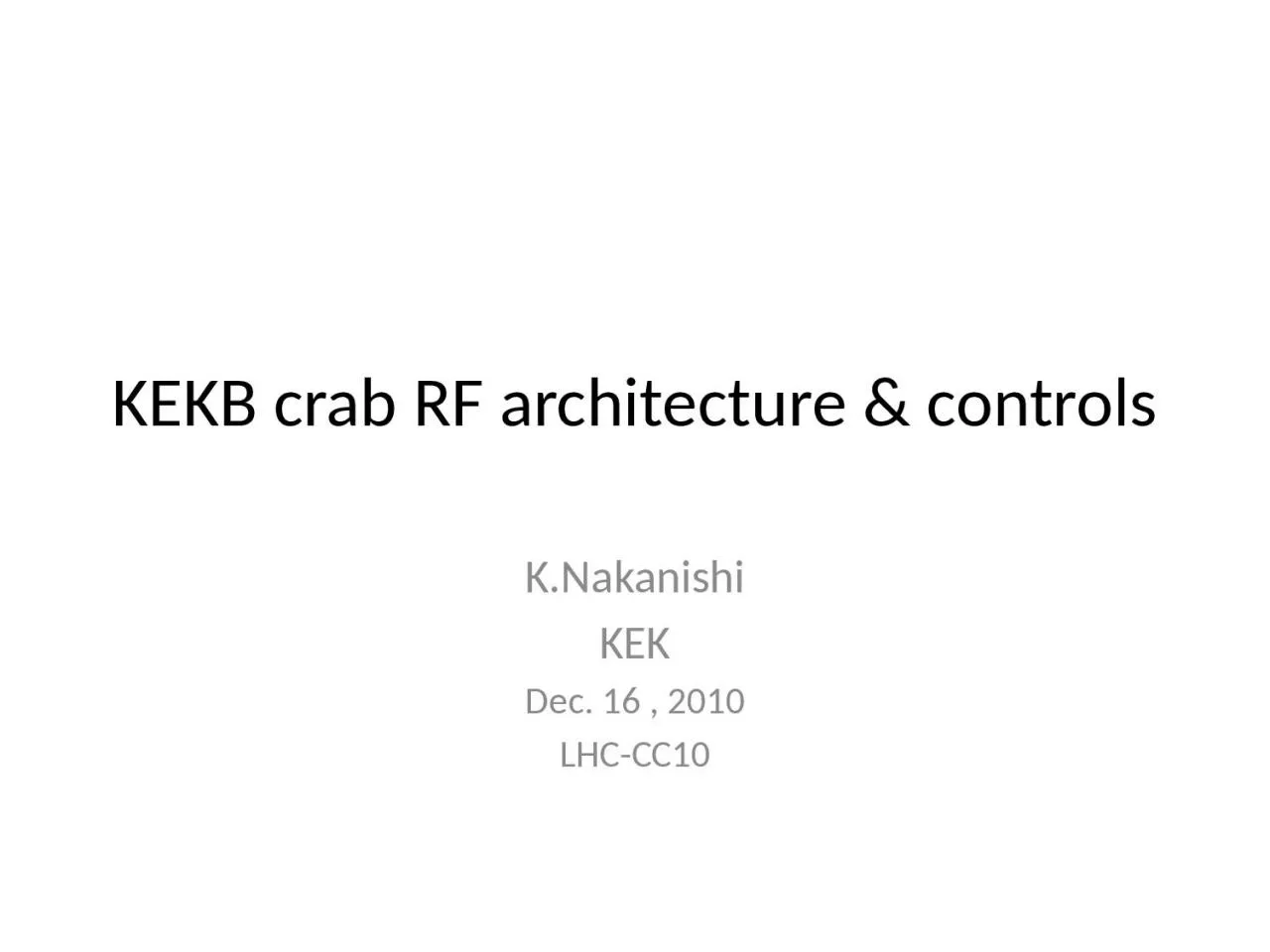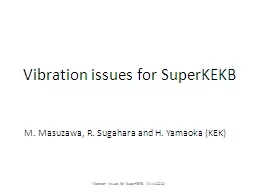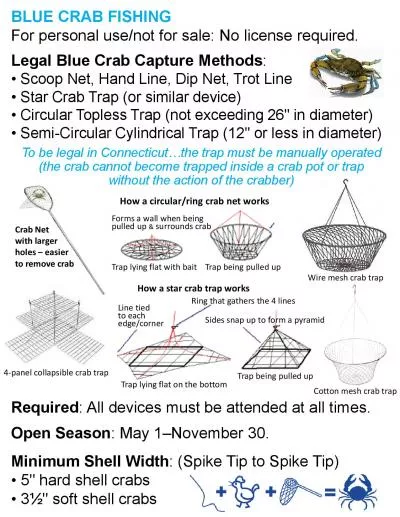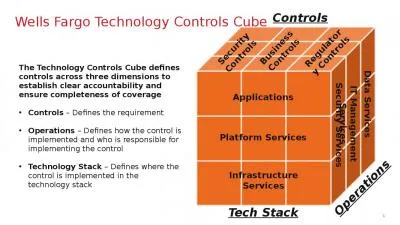PPT-KEKB crab RF architecture & controls
Author : madison | Published Date : 2023-10-04
KNakanishi KEK Dec 16 2010 LHCCC10 Comparison between crab and SCC Qext of the cavities Crab 162x10 5 SCC 7x10 4 Tuning strategy Crab Insert the coaxial coupler
Presentation Embed Code
Download Presentation
Download Presentation The PPT/PDF document "KEKB crab RF architecture & controls" is the property of its rightful owner. Permission is granted to download and print the materials on this website for personal, non-commercial use only, and to display it on your personal computer provided you do not modify the materials and that you retain all copyright notices contained in the materials. By downloading content from our website, you accept the terms of this agreement.
KEKB crab RF architecture & controls: Transcript
Download Rules Of Document
"KEKB crab RF architecture & controls"The content belongs to its owner. You may download and print it for personal use, without modification, and keep all copyright notices. By downloading, you agree to these terms.
Related Documents














